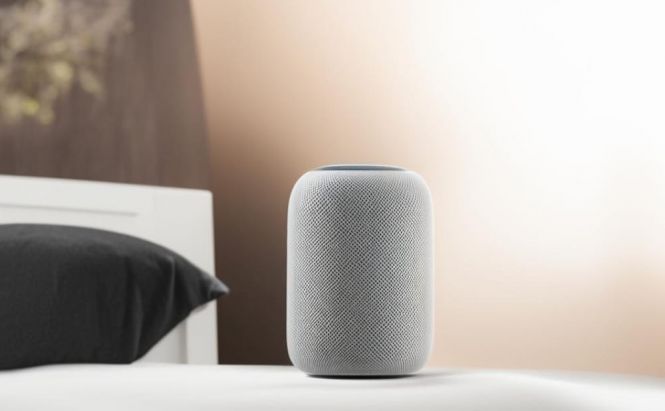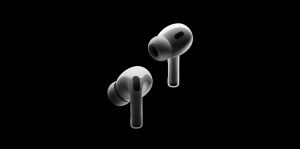So far, Apple hasn’t been that active in the field of smart homes. Yes, its HomePod is a device that can manage its surroundings following a preset schedule and obeying verbal commands, but it has remained basically the same since it became commercially available to the public, which was in early 2018. Nowadays, the company sells the second generation of the device, and it seems like there’s a lot of future-proofing hidden inside, at least software-wise.
Fully-fledged operating system for Apple’s smart home device(s)
HomeOS is a mystery at the moment: in the absence of official announcements or any other information from Apple, there are only rumors of varying degrees of reliability. Presumably, the word “homeOS” was first seen in Apple’s job listings of June, 2021, mentioned among the familiar iOS, watchOS, and tvOS. The most recent sighting of homeOS happened in the beta version of tvOS 17.4, where it was referenced in the code, suggesting a deeper integration of all things Apple into a single home ecosystem.
What devices can have homeOS on board?
 This is how AI sees HomePod and iPad managing a smart house together
This is how AI sees HomePod and iPad managing a smart house together
First off, if there really is a plan to integrate everything into a single organism, it is likely that all the devices part thereof will be managed by this or that incarnation of homeOS, regardless of the name. HomePod can remain the focal point of the infrastructure, reigning over everything else, but there are well-founded rumors that it’ll get a sibling, a cross between HomePod itself and iPad mini. If Apple decides (or, rather, has already decided) to go down this path, such a device will be a real smart home hub capable of managing pretty much every homeOS-enabled gadget around the house.
This means that right now, we may be witnessing Apple setting a new standard for smart home management hardware/software solutions, although, given the advancements made by other players in this market, it feels like the Cupertino company is only catching up.




